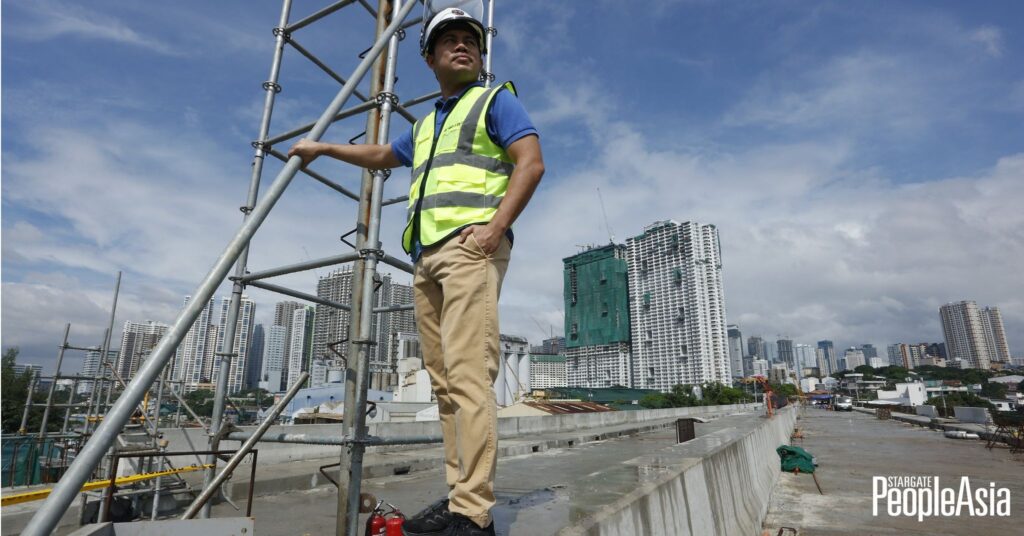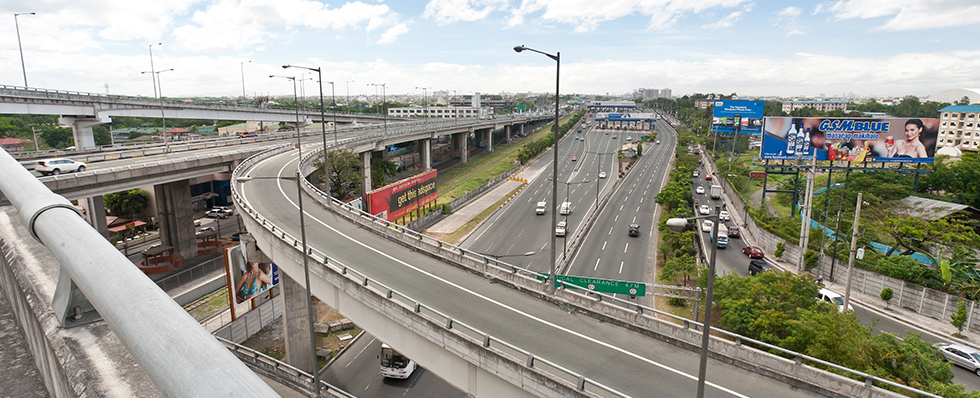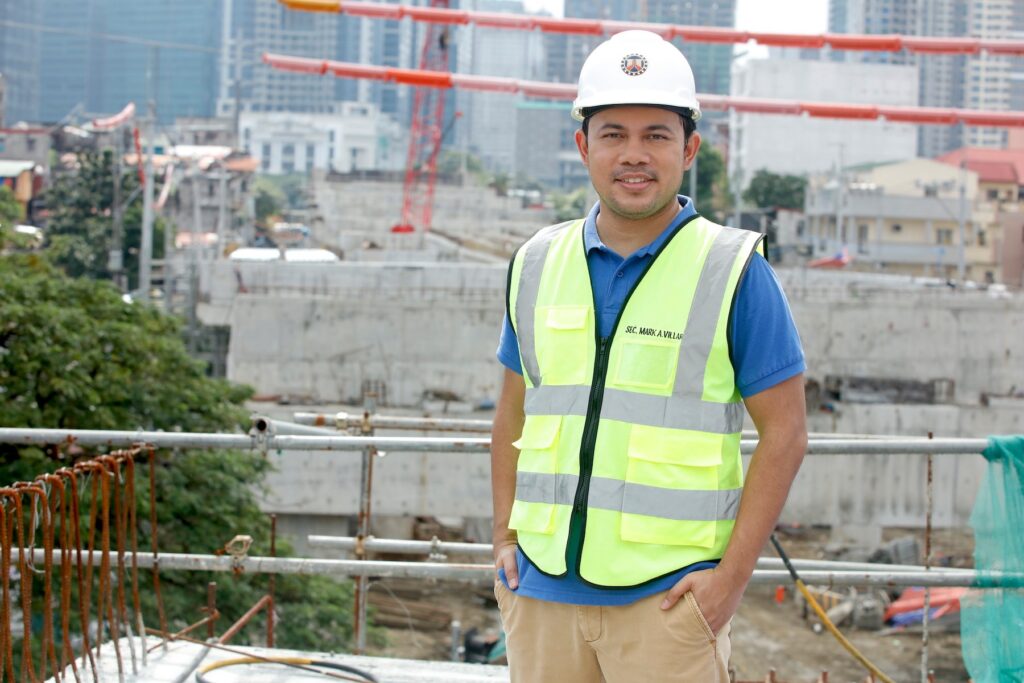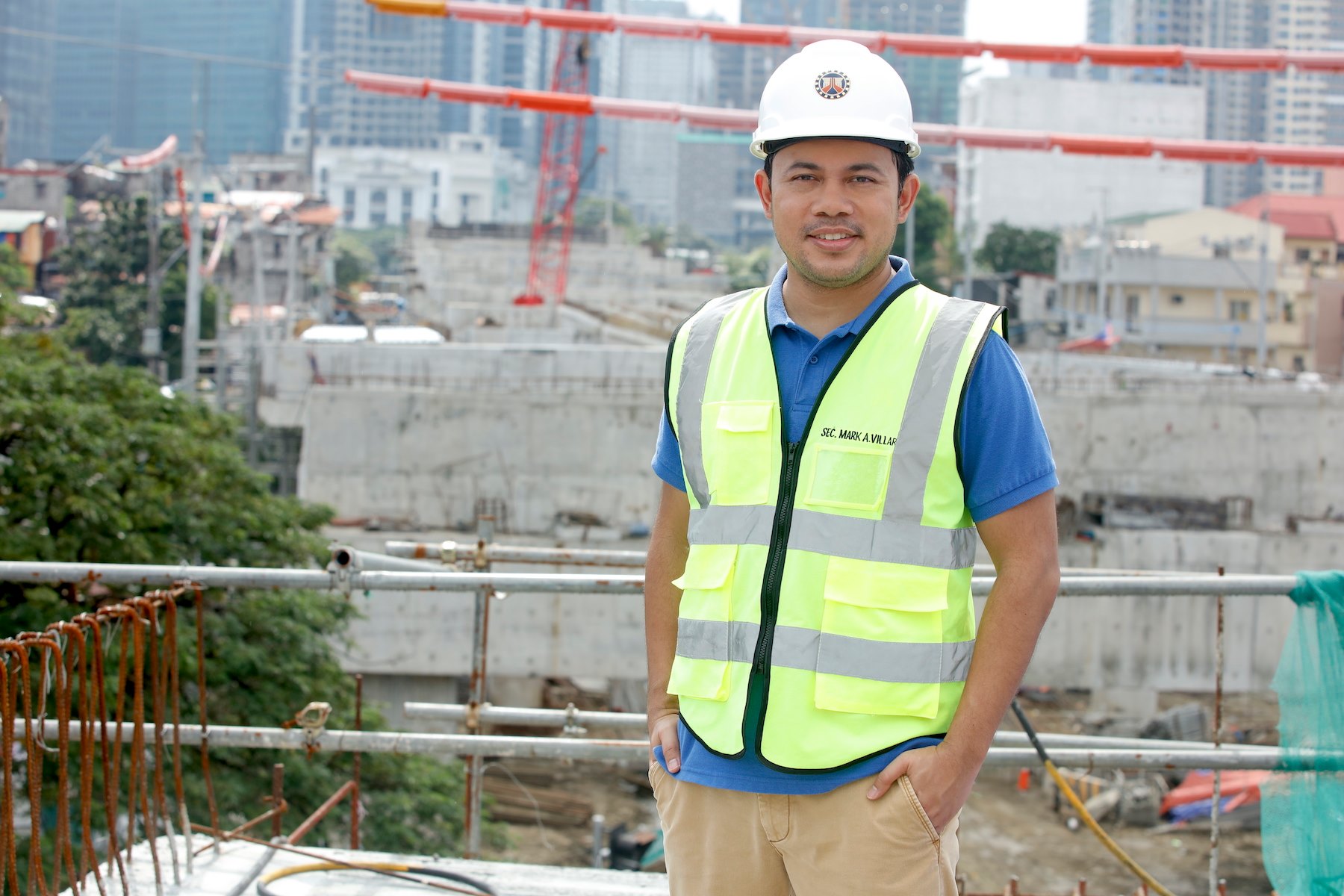By JOSE PAOLO S. DELA CRUZ
There’s no stopping Public Works and Highways Secretary Mark Villar and the ‘Build, Build, Build’ team from decongesting the 23.8-km highway, which passes across six cities in the metropolis.
“The next generation of Filipinos will never experience the same EDSA traffic that we have had to endure in the past.” This, according to Public Works Chief Mark Villar, is the outcome that the Duterte administration is hoping for, once the flagship EDSA Decongestion Program has been successfully implemented.

The P 383-billion project aims to effectively diffuse traffic in the major thoroughfare, which is traversed by around 400,000 cars per day — way more than the 288,000 vehicles it was originally designed for, when it was opened in 1940.
In solving the EDSA problem, Villar and his team looked beyond EDSA. Instead of simply widening or improving the 23.8-kilometer highway, the DPWH moved to lessen its load.
“One of the biggest components is the completion of the Skyway Stage 3 project, which followed the completion of Harbor Link in 2020. With Skyway Stage 3 open, we will never have to go back to EDSA the same way again,” he says.

The 18-km. Skyway 3, built in partnership with private concessionaire San Miguel Corp., partially opened last Dec. 29 to rave reviews. Instead of the usual gripes about the heavy traffic that usually came part and parcel with the first working day of the year on Jan. 4, social media flooded with posts of impressed drivers and passengers, as they zoomed from Gil Puyat to Balintawak in record time. All seven lanes have been opened as of Jan. 14, while toll fees were waived for the first month.
“Previously, Makati to Balintawak would take you one-and-a-half hours on a good day; two hours on a bad day. Once Skyway Stage 3, and its adjacent projects fully open in 2021, we are looking at covering this distance in around 15 minutes,” Villar confidently declares.
What then does this mean for President Duterte’s controversial statement of paring down the drive from Makati to Cubao to five minutes? Villar thinks it’s not out of the question. “There’s an exit along E. Rodriguez, that will literally take you only minutes to reach from Makati. Most people were surprised when the President made that promise, but now, it’s here, and yes, it is possible,” he adds.
The P44.86-billion Skyway 3 now stands alongside the NLEX Harbor Link Segment 10, the NLEX Harbor Link Exit Ramp and other big-ticket projects that have been signed, sealed and delivered; proving that not even a pandemic can stop “Build,Build, Build” from getting things done, done, done.
Bridging the future
While Skyway 3 may be considered as the piece de resistance of the EDSA Decongestion Program, it shares the limelight with smaller, albeit equally important infrastructure projects—all 22 of them, in fact. Together, these master-planned infra projects ultimately aim to allow travelers in Metro Manila to breeze through from north to south (and vice versa) in 30 minutes, instead of the grueling hours-long stop-and-go traffic that we have grown accustomed to.

Aside from giving long-range passengers an alternative, the DPWH also completed a number of strategically located bridges that cross Pasig River. Among those slated to open in 2021 are the Estrella-Pantaleon bridge, which links Mandaluyong to Makati; the BGC-Ortigas bridge that pares down travel time from Mandaluyong to Taguig to 12 minutes; and the Bindondo-Intramuros bridge in Manila.
To put it plainly, instead of having to go through EDSA (or C5) to travel from Mandaluyong to BGC — and contending with the heavy traffic jams on these roads — one will simply have to take a drive along the new BGC-Ortigas to cross cities. It’s fast, fuel-efficient and time-saving, to say the least. What’s more, these new bridges take a significant load off the previous roads, making traffic in both routes more bearable.
Villar notes that such simultaneous construction and infrastructure work has never been seen in Metro Manila, or anywhere in the country, before. “In recent years, EDSA has become a symbol of lack of planning and a source of constant complaint. It’s a problem that has seemed insurmountable for the longest period of time. It is therefore fulfilling to see these projects move and get completed, as testament to the government’s commitment to the people,” Villar concludes.





